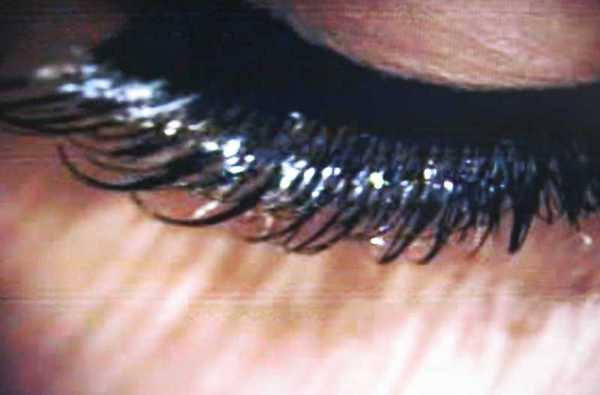FWP:
Is the lover sorrowful because sharp looks from the beloved'a long lashes are wasted on a (shallow, or even stony) heart other than his own, while they are painfully denied to him, as in (2a)? Or does he somehow feel the pain of her long lashes directly, because he is so attuned to her that even sharp looks that are aimed elsewhere pierce his heart, as in (2b)? Or it could be both, of course, since they're not mutually exclusive. The clever phrasing of the second line keeps open both possibilities.
Nazm is surely wrong to propose that the haa))e could be an expression of regret. It seems very clearly to be a Persianized inanimate-object plural marker (followed by an i.zaafat ), to give the line a shape somewhat parallel to that of the second line with its mizhah'haa .
For other 'I and' examples, see {5,6}. In the present verse, there's no finite verb at all, just the emphatic parallelism of the 'you, and' versus 'I, and' structure. We have to supply the logic of the relationship(s) of the two lines for ourselves. Ghalib loves to do this sort of thing; he can get brilliant effects with it. Its starkness often gives it a moody, brooding, 'poetic' quality, as in this verse. Such verses often provide merely a 'list' of elements (on 'list' verses in general see {4,4}).
Compare the similarly moody, brooding quality of the marvelous {71,2}.

Nazm:
In this verse haa))e is either for a plural marker and an i.zaafat, or for an expression of regret. Both are correct. (13)
== Nazm page 13